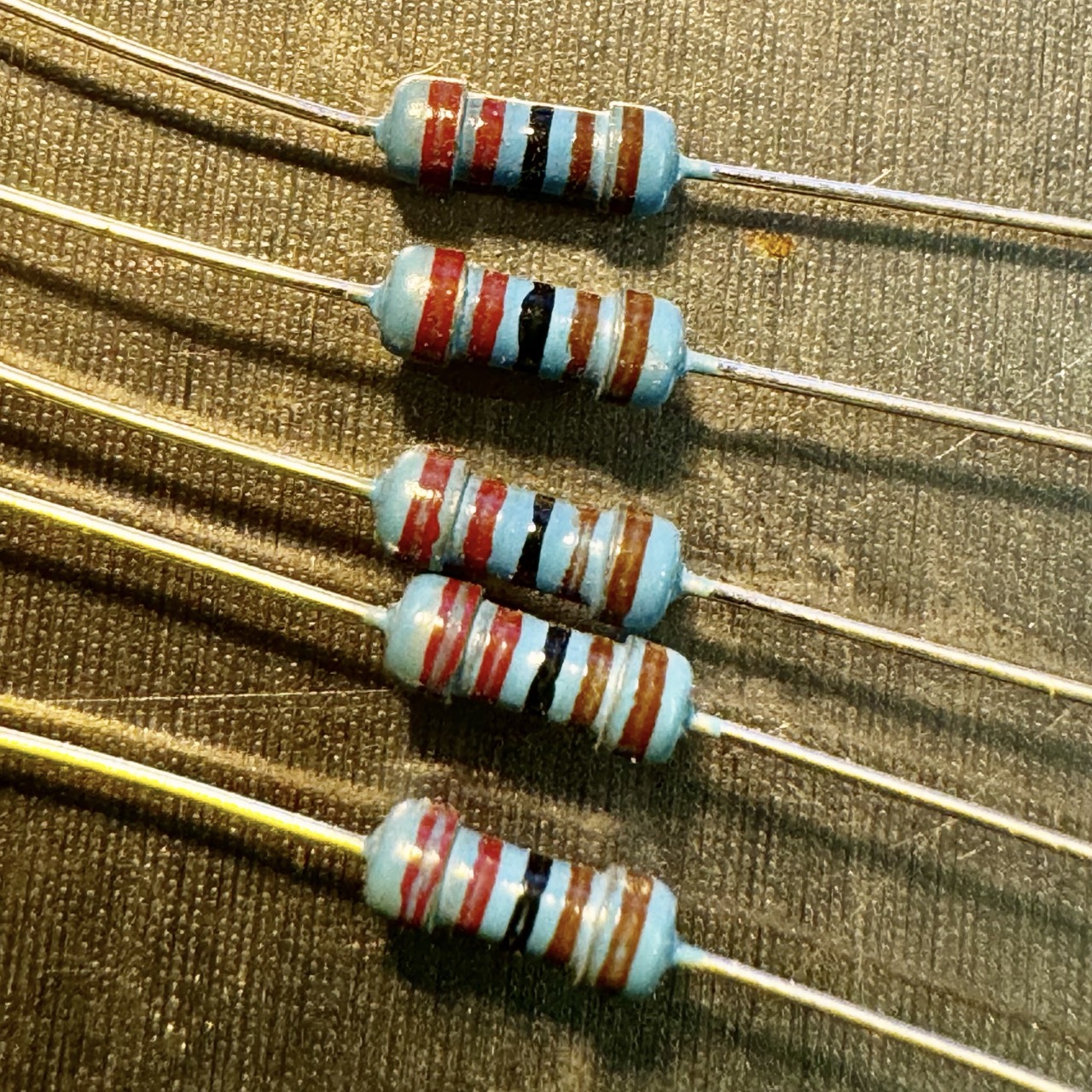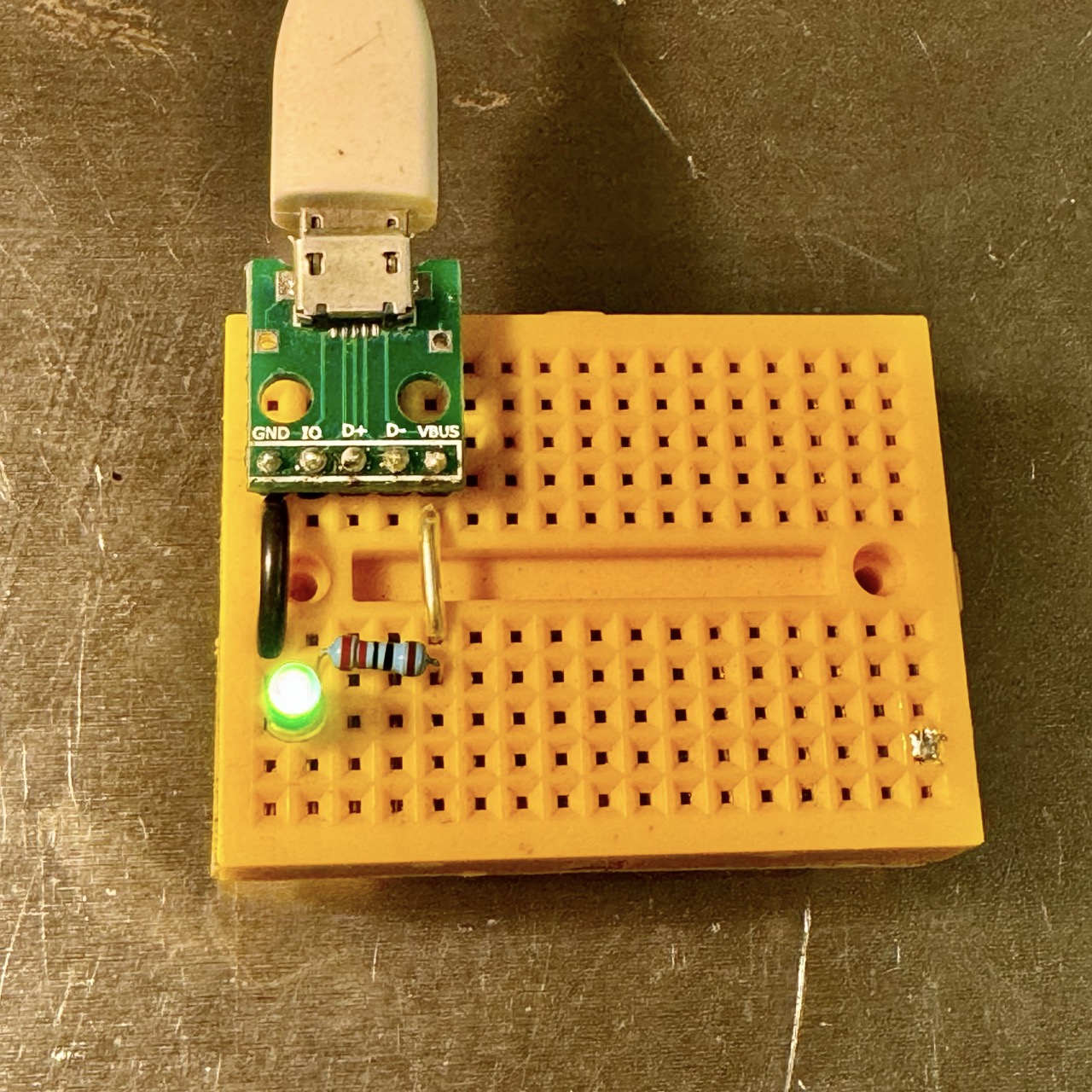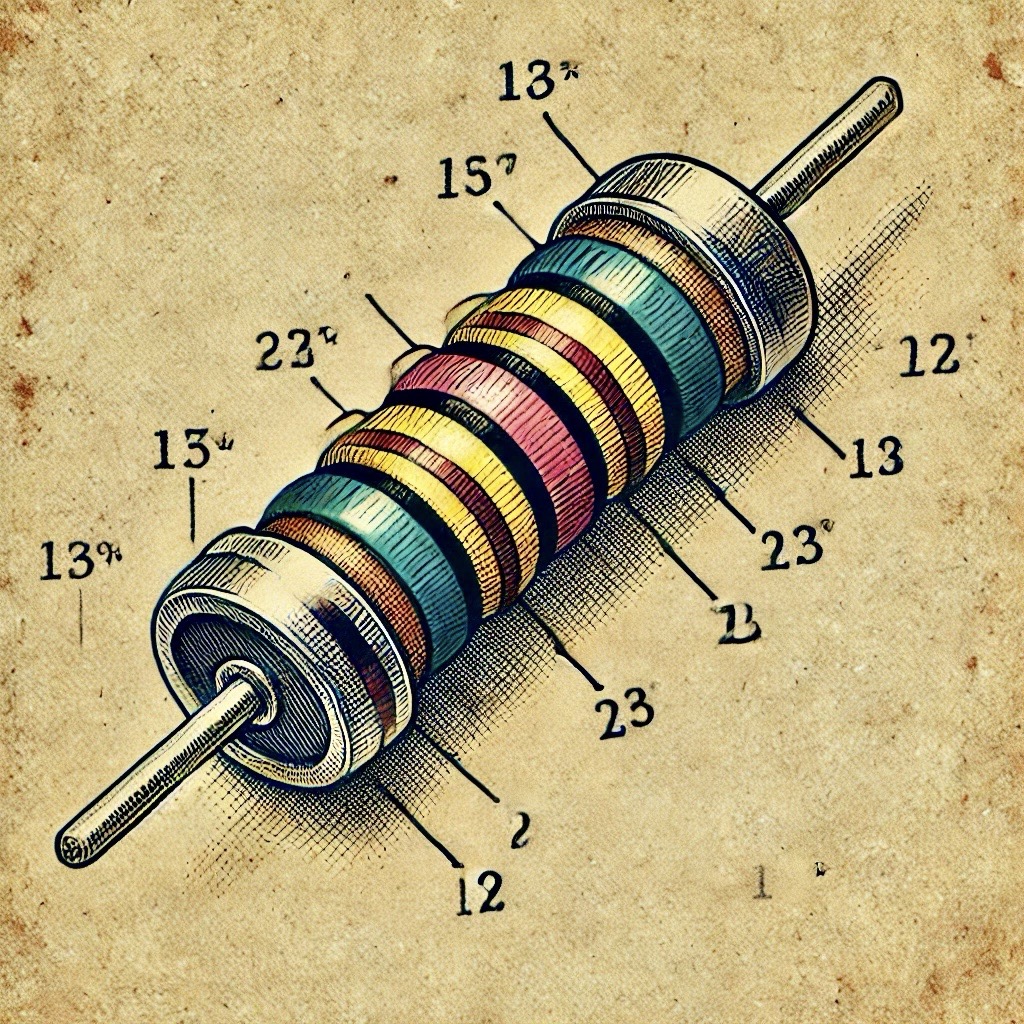Introduction
Resistors are one of the most fundamental components in electronic circuits. Their main function is to resist the flow of electric current and control the voltage levels within a circuit. In this tutorial, we’ll explore what resistors are, how they work, and their various types and applications in electronic circuits.

What is a Resistor?
A resistor is a passive electrical component that provides resistance to the flow of electric current. Resistance is measured in Ohms (Ω) and determines how much current will flow through a given circuit for a particular voltage. The basic relationship between voltage, current, and resistance is given by Ohm’s Law:
V = I * R
Where:
V = Voltage (Volts)
I = Current (Amps)
R = Resistance (Ohms)
How Resistors Work
Resistors work by limiting the flow of electric current through a circuit. The resistor’s material opposes the flow of electrons, causing the current to reduce while also dissipating energy as heat. This property makes them crucial for managing power and controlling the current flow in sensitive components such as LEDs, transistors, and integrated circuits.
Types of Resistors
There are many different types of resistors available, each designed for specific uses:
- Fixed Resistors: These resistors have a constant resistance value. Common types include:
- Carbon Film Resistors: These are commonly used due to their low cost and general-purpose performance.
- Metal Film Resistors: These offer better stability and accuracy, often used in precision circuits.
- Wirewound Resistors: These are used in high-power applications and provide high precision.
- Variable Resistors (Potentiometers): These allow the resistance to be adjusted manually. They are used in applications like volume controls and tuning circuits.
- Thermistors: These are temperature-sensitive resistors. The resistance changes with temperature, making them useful in temperature sensing circuits.
Resistor Color Code
Most resistors are labeled with colored bands that indicate their resistance value and tolerance. The standard color code system uses a series of colored bands to represent different digits and multipliers. Here's a quick guide to understanding the color code:
- Black = 0
- Brown = 1
- Red = 2
- Orange = 3
- Yellow = 4
- Green = 5
- Blue = 6
- Violet = 7
- Gray = 8
- White = 9
- Gold = ±5% tolerance
- Silver = ±10% tolerance
To calculate the resistance value, follow this method:
- The first and second bands represent the first two digits of the resistor value.
- The third band represents the multiplier (number of zeros).
- The fourth band indicates the tolerance (the percentage by which the actual resistance can vary from the stated value).
Resistor Applications
Resistors are used in nearly every electronic circuit. Below are some of their most common applications:
- Current Limiting: Resistors are often used to limit the current in circuits, such as protecting LEDs from excessive current.
- Voltage Divider: A voltage divider circuit uses resistors to create a specific voltage output from a higher voltage source.
- Pull-up and Pull-down Resistors: These are used in digital circuits to ensure that inputs to microcontrollers and logic gates have defined logic levels (HIGH or LOW) when no signal is applied.
- Filtering: Resistors, in combination with capacitors or inductors, can be used to filter signals and remove noise.
- Heat Generation: High-power resistors are used to dissipate energy as heat in applications like heating elements or braking resistors in motors.
Resistors in a Power Supply
Resistors play a key role in power supply circuits. In linear power supplies, resistors are used to limit current and divide voltages. They help reduce the output voltage to safe levels for different components. For instance, resistors are often combined with capacitors to filter out noise and smooth the output voltage after rectification.
In switching power supplies, resistors are used for feedback control and to help regulate the output voltage. High-power resistors are also used in protection circuits, helping to dissipate energy safely during transient conditions like power surges.
Example: Current Limiting with an LED

One of the most common uses of resistors is to limit the current flowing through an LED. LEDs are sensitive to current, and without a resistor, they can burn out. To calculate the appropriate resistor value, use Ohm’s Law:
R = (V_supply - V_LED) / I_LED
Where:
V_supply = The supply voltage
V_LED = The forward voltage of the LED
I_LED = The current required by the LED
For example, if you are powering an LED with a 9V supply, and the LED has a forward voltage of 2V and requires 20mA of current, the resistor value would be:
R = (9V - 2V) / 0.02A = 350Ω
In this case, you would use a 350Ω resistor to safely operate the LED.
Conclusion
Resistors are simple yet vital components in electronic circuits. They allow for precise control over current and voltage, making them indispensable in countless applications. Understanding how resistors work and how to calculate their values is essential for designing and troubleshooting electronic circuits.
